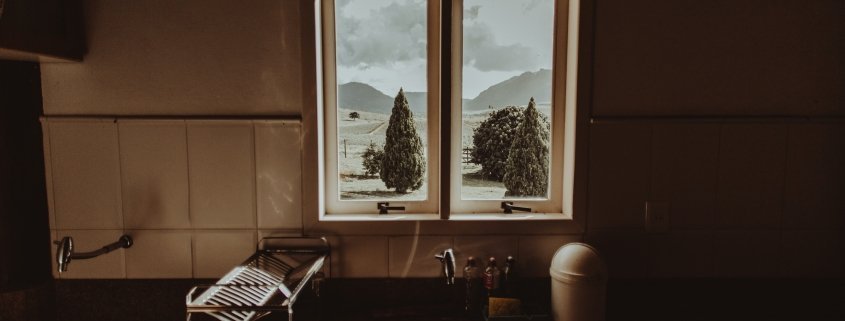Older homes and a pre purchase building inspection: what to look out for
Older homes are certainly charming on the eye – but looks can sometimes be deceiving. Before diving in and purchasing your dream villa or retro bungalow, there are some things you should take into consideration. Some of them you’ll be able to spot yourself, while others you might need the help of a pre purchase building inspection to find.
A safe roof above your head
The condition of the house’s roof should be one of the first things you check when seriously considering a home – particularly an older house. Roofs have a lifespan (if you get 50 years out of an iron roof, you’ve done well!), so the roof of an older house may well be approaching the end of its run. With roofs costing anywhere between $10-20k for an average sized house, you’ll want to check the condition of the house’s roof so you’re fully prepared for any costs that might come later! If you’re wanting to find out more about what to look out for with a roof, have a read of one of my older blogs here.
Keeping warm
A common problem with older homes is a lack of insulation and proper joinery, so you might have a chilly home in winter. Older homes generally have single glazed windows, meaning you’ll be losing a lot of the warmth your heater is generating.
Similarly, older homes might not have been updated with new insulation – as insulation has changed a lot over the years. If you’re wanting to purchase the home and rent it out, then there are extensive insulation regulations you’ll need to consider. You’ll also want to be sure the venting is sufficient so you’re getting old air out and new air in.
Water and piping
When it comes to older homes, the tapware, hot water cylinder, and pipes should all be checked thoroughly as they can quickly deteriorate unnoticed. Tapware and even a water cylinder won’t last forever, and hot water cylinders generally last around 20 years before needing a replacement. Sometimes they can fail earlier than that.
Being one of the foundations of a home, piping is something that is likely to be outdated in an older house. Older materials used for pipes, like lead or steel, can corrode or become dangerous for your health. Even copper, which is also used in newer homes, can’t last forever. What you don’t want is for old pipes to start leaking, which is a problem and a half to deal with later!
How a pre purchase building inspection can help
There are some things in an older home you might be able to find out yourself, like the age of the hot water cylinder or the condition of the insulation. But more hidden elements often need a trained eye to spot. A qualified property inspector will give the property you’re considering a thorough inspection, notifying you of anything that’s cause for concern and that might give you some hassle down the track. They’ll be able to give you all the information you need in a handy report, and provide you with some advice on what to do next.
Just because a home is a bit older, doesn’t mean it isn’t worth it. It just means that you’ll need to approach it with a bit more caution, and be prepared to deal with some of the things that come with having a house with vintage charm. When buying any second hand house, no matter the age, I’d always recommend a contingency fund set aside to fix things that may pop up. Getting a building inspection is the best way to get to know the ins and outs of your home before moving in, and know what to prepare yourself for in the future.








